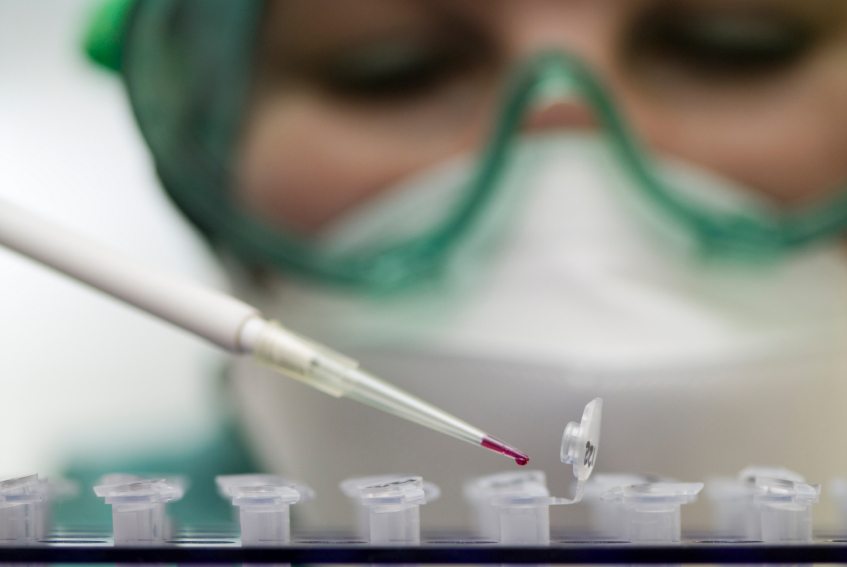The decree relative to the use of preimplantation diagnosis (PGD) to intend to give life to a “designer baby” was published on 23 December 2006. The Biomedicine Agency is in charge of supervising this practice, authorised since the bioethics law of august 2004, and giving the authorisations on a case-by-case basis.
Preimplantation diagnosis
The first bioethics law of 29 July 1994 authorised, on an exceptional basis, the biological diagnosis performed on cells taken from in vitro embryo. In a family at risk, the aim is to select among various embryos conceived in vitro, a genetically healthy embryo, in order to implant it into the mother uterus; then the ill embryos are destroyed. Since the law of 2004, the non-selected embryos can also been used as research material. In the three authorised centres in France (Montpellier, Paris-Clamart and Strasbourg), almost 150 PGD are performed each year to obtain around thirty births.
“Designer babies”: triple selection
A new step has just been reached: with the technique of “designer babies”, also called “double hope baby”, the selected embryo must be compatible with its elder with serious illness to permit blood cord cell transplantation or marrow transplantation. In order to be implanted, this embryo must have triple test: be capable to develop, be healthy and be compatible with its ill elder. René Frydman thinks that, at the end of this selection, 1 embryo out of 16 will be able to be implanted. To have a chance to be born, the embryo not only has to be healthy, but also compatible.
Psychological consequences
On 4 July 2002, the national ethical consultative Committee had “half-open” the door, but at the same time it was worried of “seeing conceived children to be born only as potential donators” (see Gènéthique Letter No 32). Many people, doctors or not, underline a new step in the process of reification of the human being and fear big psychological consequences at least in children.

